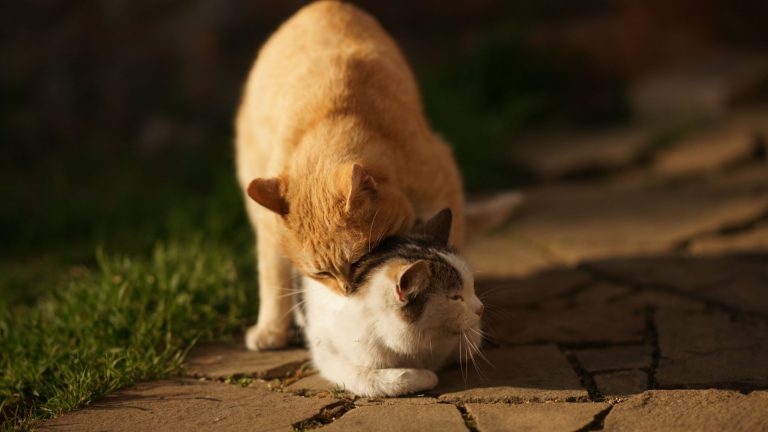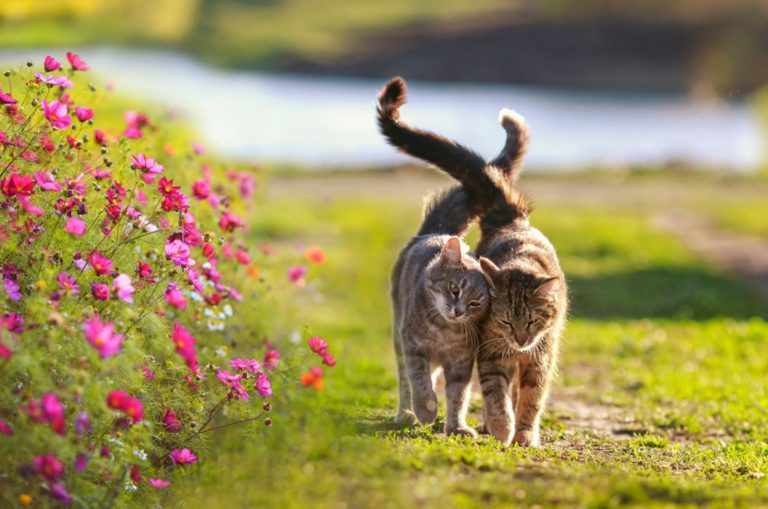What Happened To The American Red Wolf And Why Are They So Rare Today?
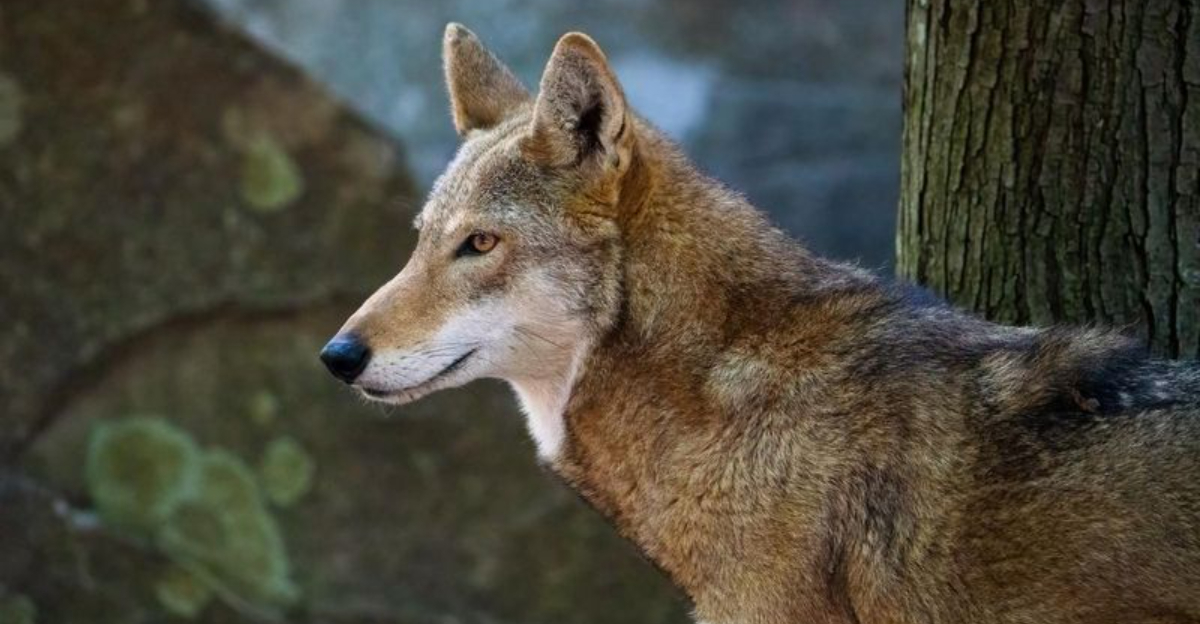
The American red wolf, once a proud symbol of our nation’s wilderness, has vanished from most of its historic range.
These rusty-colored canines once roamed throughout the southeastern United States, but today they teeter on the edge of extinction. Their story is one of human interference, habitat destruction, and a struggle for survival that continues to this day.
What Do They Look Like
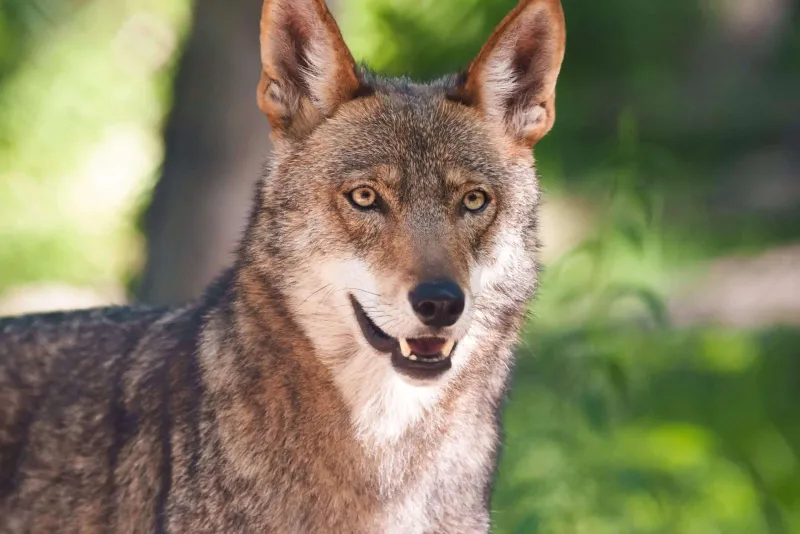
Smaller than their gray wolf cousins but larger than coyotes, American red wolves sport a distinctive reddish-brown coat that gives them their name. Adults typically weigh between 45-80 pounds with lean, athletic builds.
These social animals live in family packs, mate for life, and communicate through howls that sound higher-pitched than gray wolves. Unlike other wolves, red wolves have adapted specifically to the southeastern United States’ warmer climate.
The Natural Habitat Of The American Red Wolf
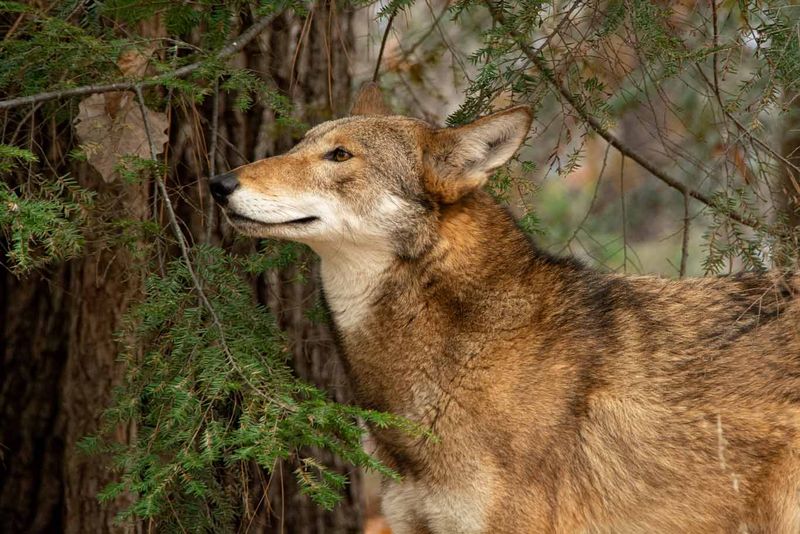
Before their decline, red wolves thrived across a vast territory from Texas to Pennsylvania and down to Florida. These adaptable predators made homes in diverse landscapes – from the dense pine forests of the Carolinas to coastal prairies and wetlands.
They preferred areas with good cover, abundant prey like rabbits and rodents, and limited human presence. River basins and swampy regions provided ideal hunting grounds where these wolves could move silently through the underbrush.
Their Role In The Ecosystem
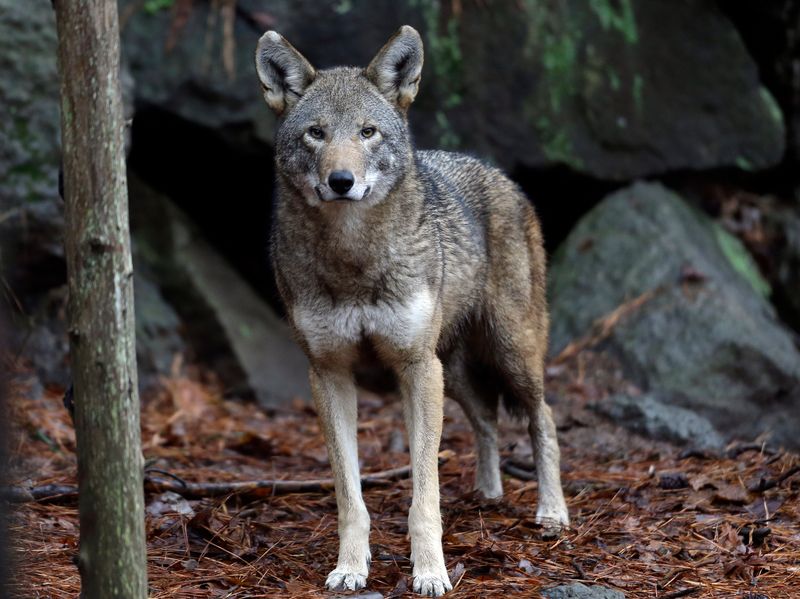
As apex predators, red wolves serve as nature’s population controllers. They primarily hunt deer, raccoons, and small mammals, targeting the sick and weak animals, which strengthens prey populations by removing vulnerable individuals.
Their hunting patterns influence prey behavior, preventing overgrazing and maintaining plant diversity. When red wolves disappeared from their ecosystems, deer populations exploded, causing cascading effects throughout the food web – a phenomenon ecologists call a “trophic cascade.”
The American Red Wolf’s Decline
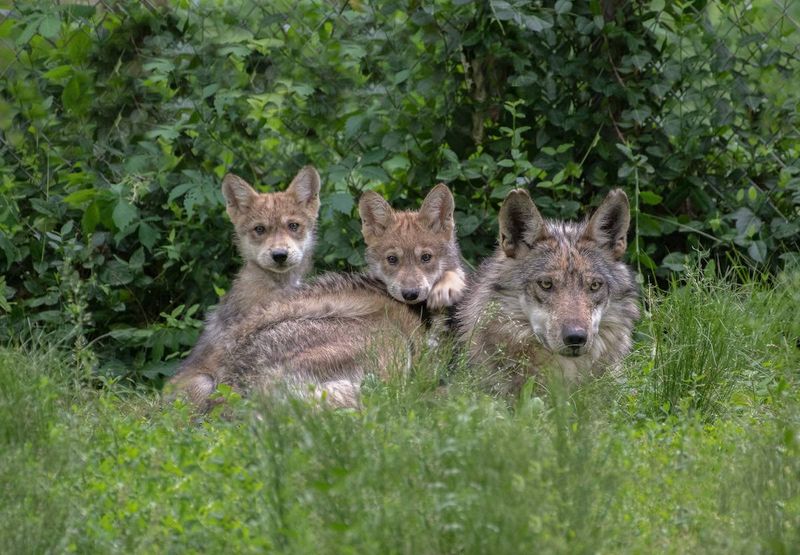
By the early 1900s, red wolves faced relentless persecution. Farmers and ranchers, fearing for their livestock, shot, trapped, and poisoned wolves with government support. Bounty programs paid hunters for each wolf killed.
The wolves’ decline accelerated after World War II as logging operations destroyed forest habitats. By 1970, only a few hundred remained, concentrated in coastal Texas and Louisiana. The species became one of the first to receive protection under the 1973 Endangered Species Act.
The Major Contributor To Their Disappearance Is Loss Of Habitat
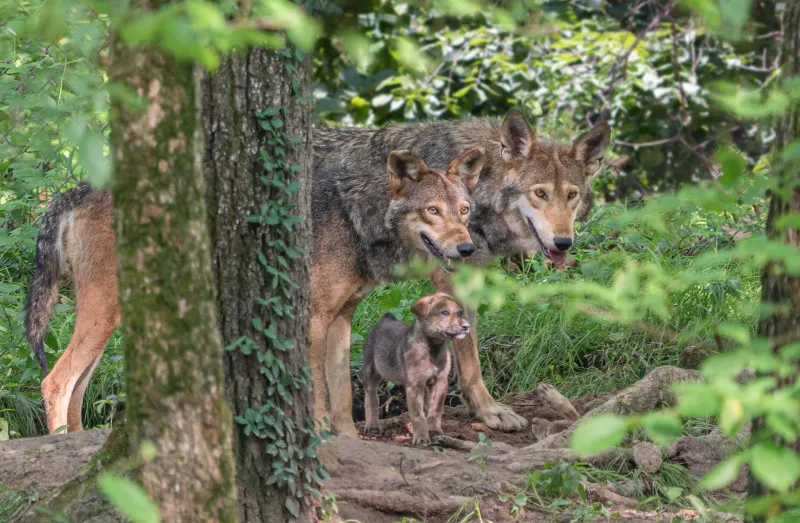
The southeastern forests that red wolves called home were systematically cleared for agriculture, timber, and urban development. Between 1850 and 1950, nearly 80% of the region’s original forests disappeared.
Fragmentation of remaining habitats isolated wolf populations from each other, preventing genetic exchange. Wetlands were drained for farming and development, eliminating crucial hunting grounds. Today, less than 2% of the red wolf’s original habitat remains suitable for their survival.
Overhunting And The Bounty System
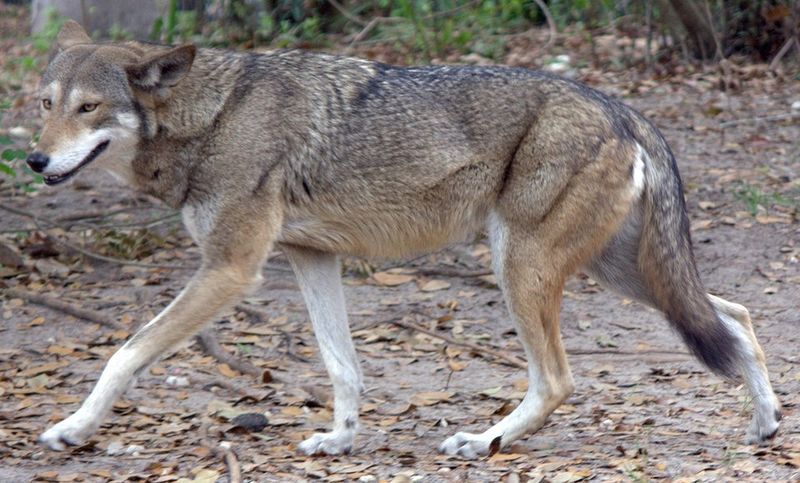
Throughout the 19th century, state governments placed bounties on red wolves – sometimes paying up to $25 per wolf (equivalent to about $800 today). These programs encouraged widespread killing and led to the slaughter of thousands.
Wolves were vilified in folklore and media as dangerous predators. Many hunters didn’t distinguish between wolf species, killing red wolves alongside gray wolves and coyotes. By the 1920s, organized wolf hunts had eliminated red wolves from most northern states.
The Role Of Hybridization
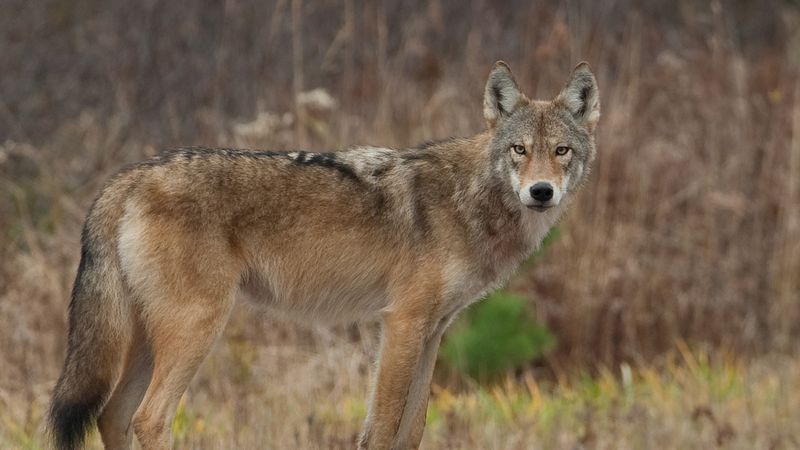
As red wolf numbers dwindled, finding mates of their own species became increasingly difficult. Desperate for survival, remaining wolves began breeding with expanding coyote populations – a process called hybridization.
This genetic mixing diluted the red wolf’s distinct DNA. By the 1970s, scientists struggled to find pure red wolves among the hybrid canines. The search for genetically pure individuals became a race against time to save the species from genetic extinction.
What Happened To The American Red Wolf?
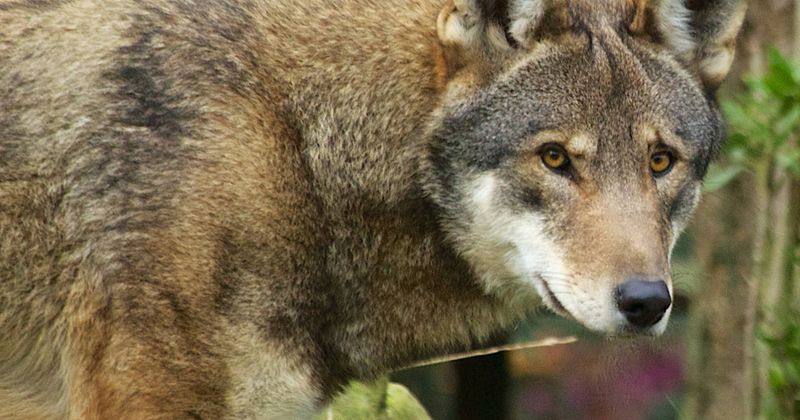
The red wolf’s population collapse happened with shocking speed. In 1900, thousands roamed the Southeast. By 1950, they’d vanished from most states. In 1970, fewer than 100 remained in the wild, confined to a small area along the Gulf Coast of Texas and Louisiana.
By 1980, the species was declared extinct in the wild. The last 14 genetically pure red wolves were captured to begin a captive breeding program – humanity’s last hope for the species’ survival.
Efforts To Save The American Red Wolf
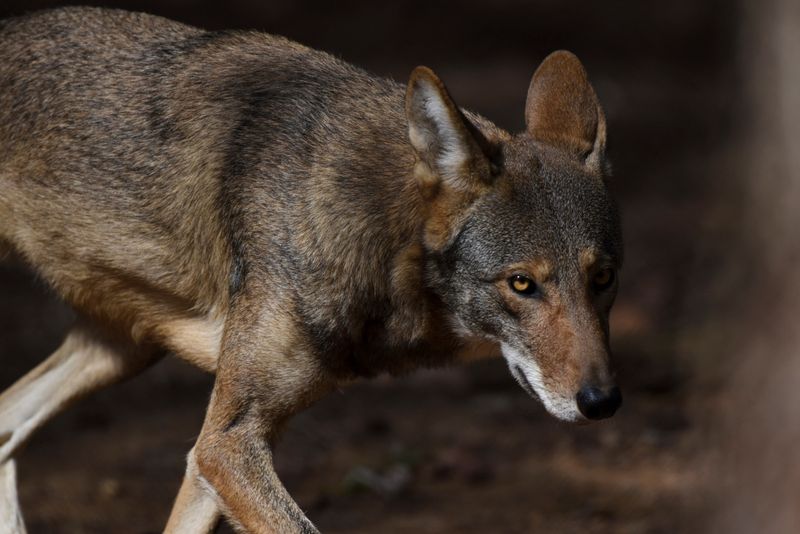
In 1987, a bold experiment began when eight captive-bred red wolves were released into North Carolina’s Alligator River National Wildlife Refuge. This marked the first attempt to reintroduce a species that had been declared extinct in the wild.
The program initially succeeded beyond expectations. By 2006, approximately 120 red wolves roamed free in eastern North Carolina. Scientists used innovative techniques like fostering wolf pups with wild parents and sterilizing coyotes to protect the wolves’ genetic purity.
How Many Red Wolves Are Left Today?
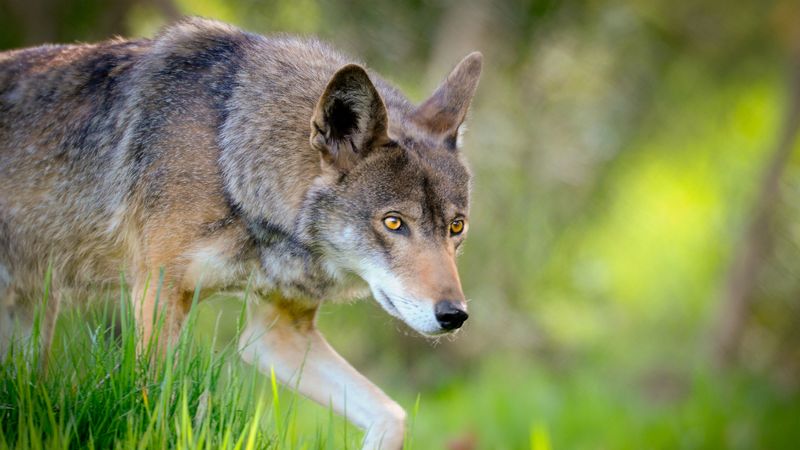
The situation for red wolves today is dire. Only about 20 known individuals remain in the wild, all confined to a small area in eastern North Carolina. Another 250 live in captive breeding facilities across the United States.
Recent years have seen political challenges to recovery efforts. Landowner opposition, accidental shootings, and vehicle strikes continue to claim wolves’ lives. Genetic diversity remains a critical concern, with all living red wolves descended from just 14 founding animals.
Why Aren’t We Seeing The American Red Wolf Anymore?
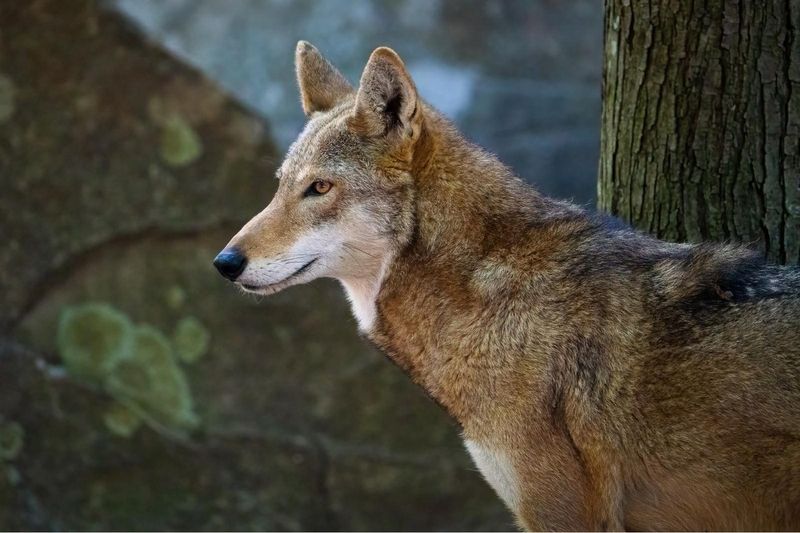
Even in areas where red wolves exist, spotting one is extremely rare. These naturally shy animals actively avoid human contact and are primarily nocturnal. Their tawny coloration provides perfect camouflage in forest understory.
Their current range covers less than 1% of their historical territory. The remaining population is concentrated in remote areas rarely visited by the public. Most importantly, there are simply too few left – with only about 20 wild wolves spread across thousands of acres.
Can They Make A Comeback?
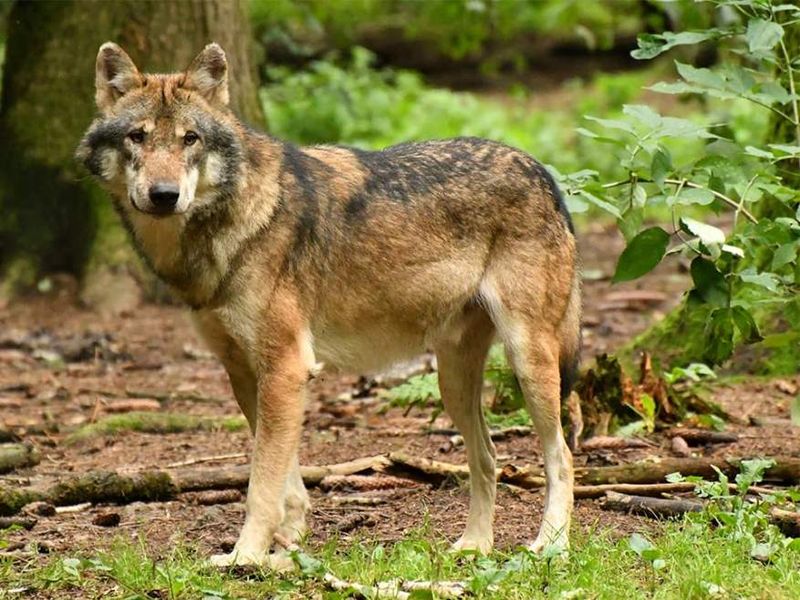
Hope for red wolves lies in renewed conservation efforts. The Red Wolf Recovery Program continues captive breeding, with potential for additional release sites beyond North Carolina. Advanced genetic techniques may help address inbreeding concerns.
Public education campaigns aim to build support among local communities. Some conservation groups advocate for protected corridors connecting suitable habitats. With sufficient resources and political will, experts believe the species could recover – but the window for action is narrowing rapidly.
The Impact Of Climate Change
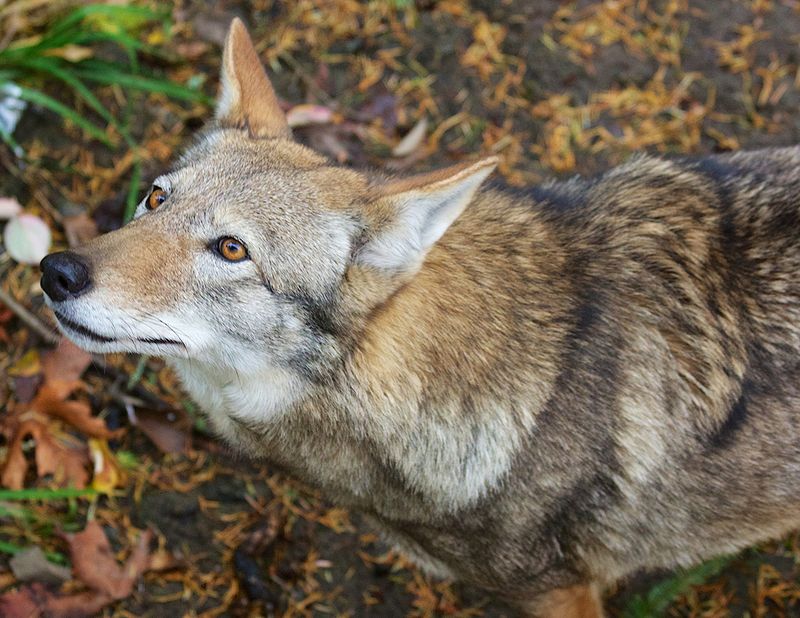
Rising sea levels threaten the low-lying eastern North Carolina habitats where remaining wild red wolves live. Some projections show up to 35% of current red wolf territory could be underwater by 2100.
Changing weather patterns alter prey availability and increase disease risks. More frequent extreme weather events like hurricanes directly endanger wolf populations. Conservation plans now must consider climate resilience, potentially relocating wolf populations to higher elevation habitats less vulnerable to climate impacts.

